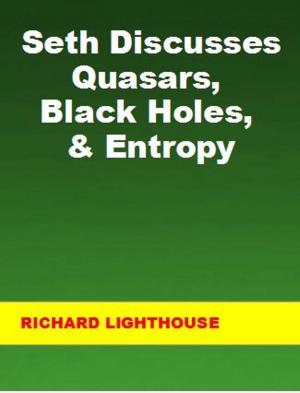Elementary Particles: Cracking the Code
Nonfiction, Science & Nature, Science, Biological Sciences, Molecular Physics| Author: | Richard Lighthouse | ISBN: | 9781311632371 |
| Publisher: | Richard Lighthouse | Publication: | May 29, 2014 |
| Imprint: | Smashwords Edition | Language: | English |
| Author: | Richard Lighthouse |
| ISBN: | 9781311632371 |
| Publisher: | Richard Lighthouse |
| Publication: | May 29, 2014 |
| Imprint: | Smashwords Edition |
| Language: | English |
This ebook has been superceded by "The First Periodic Table for Elementary Particles." This technical paper presents a QAM model as the first Periodic Table for Elementary Particles. A 1024-QAM table is presented that graphically displays how all elementary particles are related, similar to the Standard Periodic Table in chemistry. Interestingly, the math that describes QAM is simple and elegant. If we line up all of the particle masses in order, we find there are a number of “gaps.” These are called the mass gaps, and they line up perfectly with 1024-QAM. QAM is very simple – it is the math used for wifi signals, and it perfectly fits the sequence of elementary particle masses. The QAM model is the only known method to correctly account for the mass gaps, and even a child can understand it. Antimatter, QCD, Baryogenesis, and Lattice QCD are briefly discussed. An explanation and examples are provided, along with possible error sources. Suggestions for further research are made. This paper provides compelling evidence that our universe is blinking at a high frequency (1.1 THz).
The symmetrical color pattern in the QAM table cannot be due to random coincidence, which indicates this is the correct approach. Electron Spin Resonance is the Base Vibrational Frequency and the universe blinks once for each elementary particle on the table. ESR x Number of Elementary Particles = Blinking Frequency of Universe = 1015 MHz x 1024 = 1.039 THz
This ebook has been superceded by "The First Periodic Table for Elementary Particles." This technical paper presents a QAM model as the first Periodic Table for Elementary Particles. A 1024-QAM table is presented that graphically displays how all elementary particles are related, similar to the Standard Periodic Table in chemistry. Interestingly, the math that describes QAM is simple and elegant. If we line up all of the particle masses in order, we find there are a number of “gaps.” These are called the mass gaps, and they line up perfectly with 1024-QAM. QAM is very simple – it is the math used for wifi signals, and it perfectly fits the sequence of elementary particle masses. The QAM model is the only known method to correctly account for the mass gaps, and even a child can understand it. Antimatter, QCD, Baryogenesis, and Lattice QCD are briefly discussed. An explanation and examples are provided, along with possible error sources. Suggestions for further research are made. This paper provides compelling evidence that our universe is blinking at a high frequency (1.1 THz).
The symmetrical color pattern in the QAM table cannot be due to random coincidence, which indicates this is the correct approach. Electron Spin Resonance is the Base Vibrational Frequency and the universe blinks once for each elementary particle on the table. ESR x Number of Elementary Particles = Blinking Frequency of Universe = 1015 MHz x 1024 = 1.039 THz















